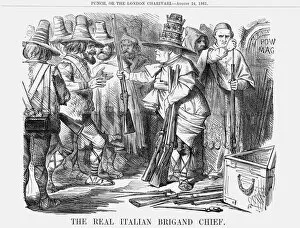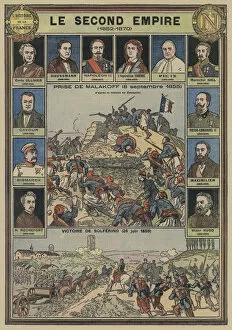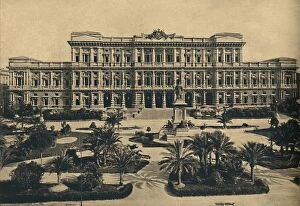Camillo Benso Collection
Camillo Benso, Count of Cavour, was an influential Italian statesman who played a crucial role in the unification of Italy
All Professionally Made to Order for Quick Shipping
Camillo Benso, Count of Cavour, was an influential Italian statesman who played a crucial role in the unification of Italy. Born in Turin in 1810, he dedicated his life to the cause of Italian nationalism and worked tirelessly to bring about political and social reforms. Known as "The Real Italian Brigand Chief, " Cavour's determination and strategic thinking made him a formidable force. He served as Prime Minister of Piedmont-Sardinia during the mid-19th century when Italy was divided into several independent states. With his visionary ideas, he envisioned a united Italy and proclaimed it passionately in Parliament. Cavour's leadership skills were evident not only in politics but also on the military front. As depicted in the chromolitho artwork showcasing his studies at the military academy in Turin, he possessed both intellectual prowess and tactical acumen. His efforts for national unity extended beyond politics and warfare. The solemn ceremony for the launch of the battleship Conte di Cavour exemplifies his commitment to modernizing Italy's naval power, ensuring its strength on international waters. A portrait captured on canvas immortalizes Cavour's dignified presence as he navigated through complex diplomatic negotiations during turbulent times like The French Second Empire (1852-1870). His ability to engage with foreign powers while safeguarding Italian interests earned him respect among European leaders. Even after his passing, commemorations continued to honor this remarkable figure. The inauguration of Cavours Monument at Pisa's Campo Santo stands testament to his enduring legacy as an architect of unified Italy.



















